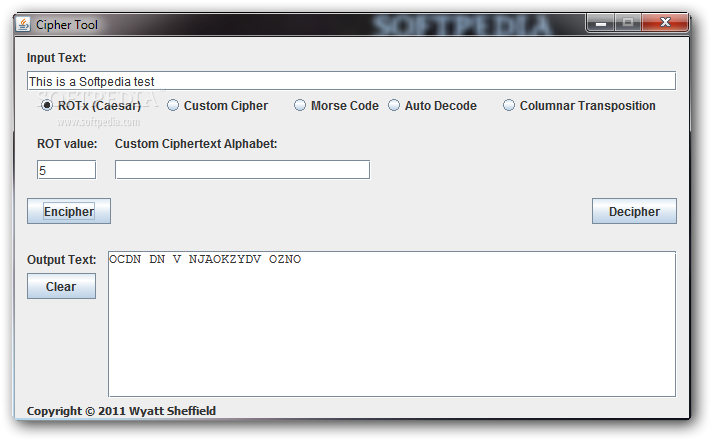
Controversies arose from classified design elements, a relatively short key length of the symmetric-key block cipher design, and the involvement of the NSA, raising suspicions about a backdoor. The publication of an NSA-approved encryption standard led to its quick international adoption and widespread academic scrutiny. In 1976, after consultation with the National Security Agency (NSA), the NBS selected a slightly modified version (strengthened against differential cryptanalysis, but weakened against brute-force attacks), which was published as an official Federal Information Processing Standard (FIPS) for the United States in 1977.

Although its short key length of 56 bits makes it too insecure for modern applications, it has been highly influential in the advancement of cryptography.ĭeveloped in the early 1970s at IBM and based on an earlier design by Horst Feistel, the algorithm was submitted to the National Bureau of Standards (NBS) following the agency's invitation to propose a candidate for the protection of sensitive, unclassified electronic government data. The Data Encryption Standard ( DES / ˌ d iː ˌ iː ˈ ɛ s, d ɛ z/) is a symmetric-key algorithm for the encryption of digital data. As of 2008, the best analytical attack is linear cryptanalysis, which requires 2 43 known plaintexts and has a time complexity of 2 39–43 (Junod, 2001).

Such attacks have been demonstrated in practice (see EFF DES cracker) and are now available on the market as a service.

1975 (Federal Register) (standardized in January 1977)ĭES has been considered insecure right from the start because of the feasibility of brute-force attacks.


 0 kommentar(er)
0 kommentar(er)
